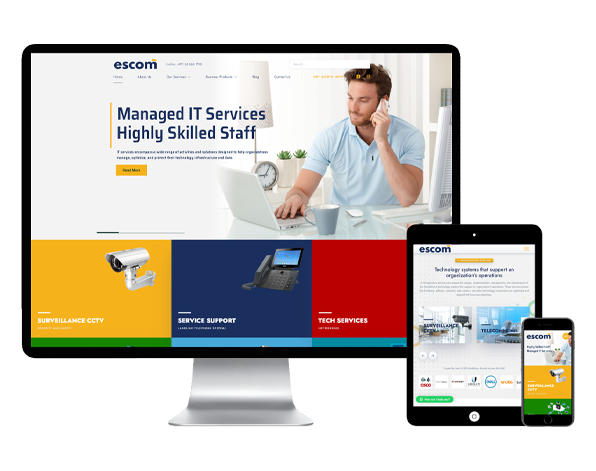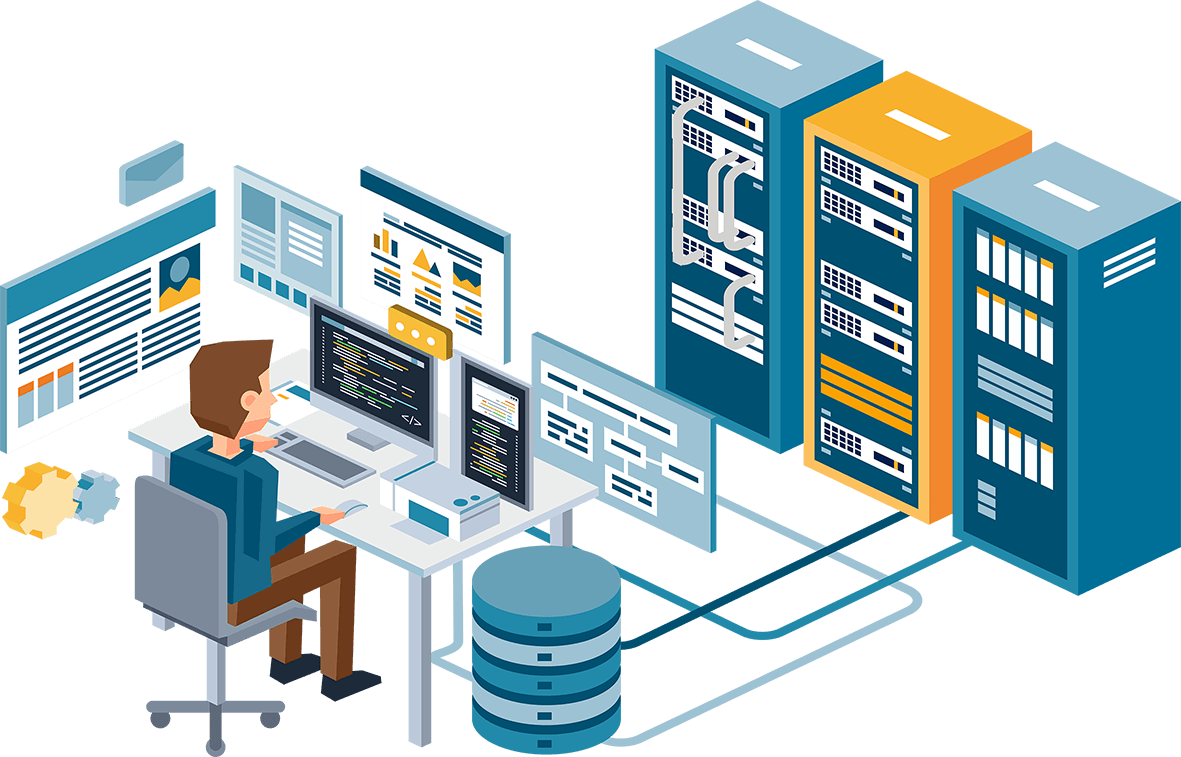A PBX system is a powerful communication tool for businesses of all sizes, offering a range of features to improve internal and external communication. With advancements in technology, PBX systems are becoming more flexible, scalable, and integrated, making them a critical component of modern business communication strategies. Whether opting for a traditional, IP, hosted, or hybrid PBX, organizations can benefit from enhanced productivity, cost savings, and improved customer service.

Telecommunication
PBX System
A Private Branch Exchange (PBX) system is a private telephone network used within an organization. Users of the PBX system can communicate internally (within the organization) and externally (with the outside world) using different communication channels like Voice over IP (VoIP), ISDN, or analog. A PBX also allows free calls between users and provides additional features like transfers, voicemail, call recording, interactive voice menus (IVRs), and call queues.
What’s Included?
Key Features of PBX Systems
Call Routing and Forwarding
Directs incoming calls to the appropriate extension or person.
Call Conferencing
Enables multiple participants to join the same call.
Call Queues
Manages incoming calls and places them in a queue until an agent is available.
Interactive Voice Response (IVR)
Automated menus that help callers navigate to the right department or service.
Call Recording
Records calls for quality assurance, training, or legal purposes.
Call Transfer
Transfers calls from one extension to another without hanging up.
Voicemail
Allows callers to leave messages when the recipient is unavailable.
Auto-Attendant
An automated system that answers calls and provides a menu of options for callers.
Do Not Disturb (DND)
Allows users to block calls temporarily.
PBX system

Advantages of PBX Systems
Cost Savings: Reduces the cost of internal calls and can lower long-distance call costs using VoIP.
Scalability: Easily scales up or down to meet the changing needs of the organization.
Flexibility: Supports various communication methods and can integrate with other business systems.
Improved Communication: Enhances internal and external communication with advanced features.
Professional Image: Features like auto-attendant and IVR help present a professional image to callers.
Featured Case
We Focused on Results

Web & Marketing
Our mission is to aid our clients in bestowing a professional front to the ma
Website Design
html, css, javascript, bootstrap, Graphic design, W3C standards
Website Development
php, wordpress, hosting
Search Engine Optimization
google, google ads, marketing

CCTV Cameras
Provide the home health care programs at flexible schedules and cost-friendly

IT Infrastructure
IT infrastructure services encompass the design, implementation, management,
Network Infrastructure
LAN, WAN, and Wi-Fi
Server Management
Physical and virtual servers
Data Center Services
Storage

Telecommunications
A Photoshop template file to help you create realistic foil balloon words
Landline Telephone Systems
Voice communication
Switching Systems
Networking Equipment

Access Control System
Provided responsive customer support and fast turnaround on a modern.
Authentication
fingerprint, iris scan, facial recognition
Reader Devices
biometric scanners
Monitoring and Logging
real-time access



 AMC / Tech Service
AMC / Tech Service IT Infrastructure
IT Infrastructure Surveillance CCTV
Surveillance CCTV Access Control
Access Control Web & Marketing
Web & Marketing